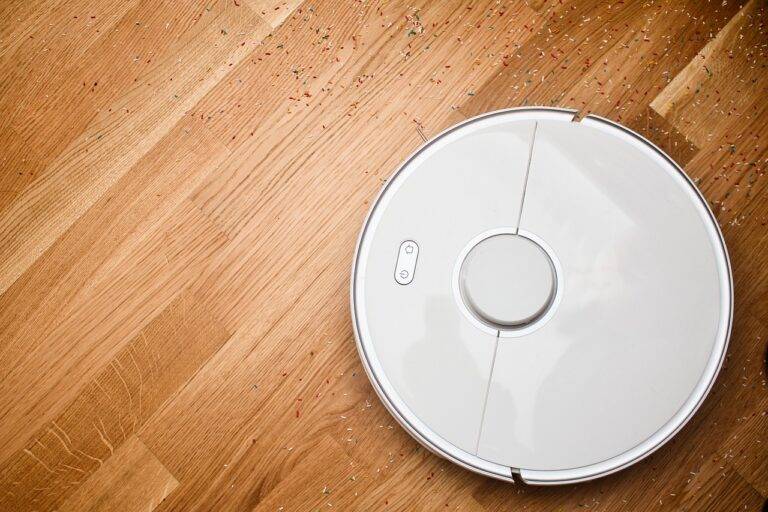Tech Solutions for Noise Pollution: Soundproofing Materials and Urban Planning
One of the most effective soundproofing materials available is acoustic foam, known for its ability to absorb sound waves and prevent them from bouncing off walls. This material is commonly used in recording studios and home theaters to create a quieter environment by reducing noise pollution levels. Acoustic foam comes in various shapes and sizes, making it versatile for different spaces and surfaces.
Another soundproofing material that is gaining popularity is mass-loaded vinyl, a heavy yet flexible material that blocks sound transmission effectively. It is commonly used in walls, ceilings, and floors to reduce noise pollution from outside sources or neighboring rooms. Mass-loaded vinyl is also easy to install and can be a cost-effective solution for those looking to create a quieter living or working space.
Understanding the Impact of Noise Pollution on Health and Well-being
Excessive noise pollution can have detrimental effects on both physical and mental health. Studies have shown that prolonged exposure to high levels of noise can lead to increased stress, anxiety, and even cardiovascular problems. In addition, loud noises can disrupt sleep patterns, leading to fatigue and decreased cognitive function throughout the day.
Furthermore, noise pollution has been linked to an increased risk of hearing loss, especially among individuals who live in urban areas with constant traffic and construction noise. The constant barrage of loud sounds can damage the delicate structures in the ear over time, causing irreversible hearing damage. It is essential to address the sources of noise pollution in our environment to protect our health and well-being.
Innovative Technologies for Noise Reduction in Urban Environments
In the realm of urban design and noise reduction, innovative technologies play a crucial role in creating more habitable environments. High-performance sound barriers, equipped with advanced materials and construction techniques, effectively mitigate noise levels from roads, highways, and industrial areas. These barriers not only block sound but also absorb and dissipate it, resulting in significant reduction in noise pollution.
Furthermore, smart city initiatives are integrating noise-sensing technology to actively monitor and manage urban noise levels. By utilizing a network of sensors and data analytics, real-time noise mapping and control strategies can be implemented to address noise hotspots and optimize urban infrastructure. These innovative technologies pave the way for more sustainable and peaceful urban landscapes, enhancing the quality of life for residents amidst the urban cacophony.





